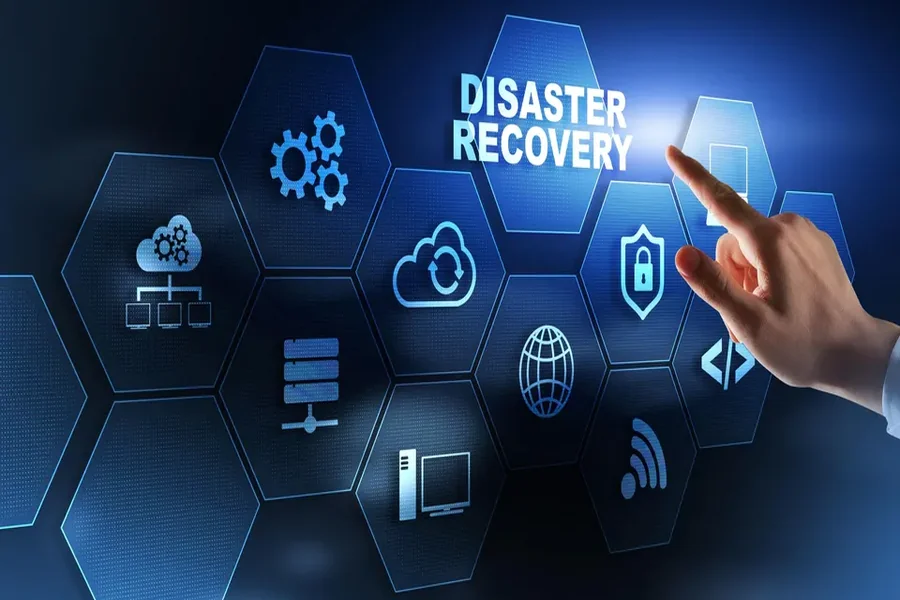In today’s globalized world, events, conferences, and international meetings depend heavily on simultaneous interpretation to break down communication barriers. Whether it’s a multinational corporate summit, a high-stakes diplomatic negotiation, or a medical symposium, the accuracy and reliability of interpretation can determine the success—or failure—of the event.
However, like any service reliant on technology, human expertise, and real-time execution, simultaneous interpretation is not immune to failures. Technical breakdowns, interpreter fatigue, connectivity issues, or unforeseen disruptions can jeopardize multilingual communication. This is where disaster recovery plans for simultaneous interpretation come into play.
This article explores the importance of building robust contingency strategies, common risks to anticipate, and actionable recovery measures to ensure uninterrupted communication during critical multilingual events.
Why Disaster Recovery Plans Are Critical in Simultaneous Interpretation
Disaster recovery planning is often associated with IT systems or business continuity. But when applied to simultaneous interpretation, it plays an equally vital role. A failed interpretation system during a global event can:
- Disrupt communication between speakers and attendees.
- Damage organizational credibility, especially when audiences feel excluded.
- Cause financial losses, such as refund requests or reduced participation.
- Impact decision-making, particularly in sectors like law, healthcare, or government.
By preparing for potential failures, event organizers and interpretation service providers can mitigate risks, safeguard reputations, and ensure seamless multilingual communication.
Common Risks in Simultaneous Interpretation
Before developing a disaster recovery plan, it’s crucial to understand the common risks that can cause interpretation failures:
- Technical Failures – Simultaneous interpretation relies on specialized equipment—headsets, receivers, microphones, consoles, and soundproof booths. Malfunctioning devices, power outages, or software crashes can disrupt communication instantly.
- Network and Connectivity Issues – For remote or hybrid events, stable internet connections are non-negotiable. A lag in connectivity or platform failure can lead to misinterpretations, dropped audio, or complete communication breakdown.
- Interpreter Fatigue – Human interpreters, even the most skilled ones, can only sustain high levels of concentration for limited periods. Long sessions without rotation can lead to fatigue-induced errors.
- Unpreparedness or Lack of Context – If interpreters are not provided with background materials, terminology lists, or event scripts in advance, the quality of interpretation may decline significantly.
- Unforeseen Disruptions – Emergencies such as natural disasters, sudden health issues, or travel delays can prevent interpreters from participating as planned.
Key Elements of a Disaster Recovery Plan
A well-crafted disaster recovery plan for simultaneous interpretation should cover technical, human, and procedural safeguards. Below are essential components:
- Backup Equipment and Infrastructure
- Always have spare headsets, microphones, and receivers on site.
- Ensure interpreters’ booths meet ISO standards for sound quality.
- Use dual power supplies and battery backups to prevent outages.
- Redundant Technology Platforms
- For remote events, arrange a backup virtual platform in case the primary one fails.
- Test both systems extensively before the event.
- Enable interpreters to switch between platforms with minimal disruption.
- Interpreter Rotation and Relief
- Schedule interpreters in pairs or teams to prevent fatigue.
- Implement rotation every 20–30 minutes for high-complexity sessions.
- Have standby interpreters available in case of emergencies.
- Pre-Event Preparation and Briefings
- Share agendas, presentations, glossaries, and recordings in advance.
- Conduct pre-event rehearsals with both interpreters and technical teams.
- Establish communication channels for real-time issue escalation.
- Real-Time Monitoring and Support Teams
- Assign technical staff to monitor equipment and connectivity continuously.
- Create a communication bridge (chat or hotline) between interpreters and organizers.
- Use dashboards to detect latency, audio quality, and participation in real time.
- Clear Escalation Protocols
- Define steps for handling equipment failure, such as switching channels or using backup headsets.
- Train interpreters on what to do if they lose connection mid-session.
- Ensure event hosts know how to pause or adjust presentations if interpretation is interrupted.
- Emergency Interpreter Pool
- Maintain a roster of trained interpreters on standby.
- For high-profile events, secure backup interpreters in different geographic locations.
- Establish contracts with agencies that can provide rapid replacement services.
Case Study: A Multinational Conference
Consider a scenario where a multinational corporation organizes a global investor meeting with participants from 12 countries. The event depends on simultaneous interpretation for real-time engagement. Midway, one interpreter loses internet connectivity, and a second interpreter experiences technical issues with their headset.
In the absence of a disaster recovery plan, the meeting would have stalled, leaving half the audience disconnected. Instead, because the organizers had prepared:
- A backup interpreter from a different time zone was activated within minutes.
- Redundant audio systems ensured communication continued without interruption.
- The audience barely noticed the disruption, preserving the professionalism of the event.
This example underscores why disaster recovery strategies are not optional—they are mission-critical.
The Role of Technology in Disaster Recovery
Modern technology offers several tools to enhance recovery preparedness in simultaneous interpretation:
- Cloud-based interpretation platforms with automatic failover.
- AI-driven monitoring tools that detect audio lag, distortion, or low volume instantly.
- Smart scheduling systems that optimize interpreter rotations and send reminders.
- Secure backup servers to store pre-recorded speeches that interpreters can reference in emergencies.
As highlighted by several modern luxury lifestyle trends reports that discuss resilience in international events, technology and preparedness now go hand-in-hand in building trust and professionalism across global audiences.
While technology cannot fully replace human expertise, it plays a vital role in ensuring resilience.
Best Practices for Event Organizers
For event planners and organizations, the following best practices can minimize risks and improve outcomes:
- Partner with experienced service providers who specialize in disaster-proof interpretation setups.
- Conduct stress tests of all systems before live events.
- Create multilingual communication plans to update participants in case of interruptions.
- Budget for redundancies—cutting corners on interpretation often leads to higher costs later.
- Document post-event reviews to identify what went wrong and improve future recovery strategies.
Future Outlook: Building Resilient Language Services
The demand for simultaneous interpretation will continue to grow as businesses and organizations expand globally. With the rise of hybrid and virtual events, the risks associated with technical failures also increase.
The future lies in a balanced approach: combining human expertise with advanced technology, supported by robust disaster recovery strategies. By prioritizing resilience, event organizers can guarantee that language barriers never become communication barriers.
Conclusion
A successful event is measured not just by its content, but also by the inclusivity and clarity of its communication. When interpretation fails, the ripple effects can be costly—financially, reputationally, and operationally. That’s why developing comprehensive disaster recovery plans for simultaneous interpretation is no longer optional—it’s a necessity.
By investing in redundancy, preparation, and proactive planning, organizations can ensure that their multilingual events run smoothly, no matter what challenges arise. In a world that thrives on global communication, having a disaster recovery plan for simultaneous interpretation isn’t just smart—it’s essential.

